5. The Lost Battalion
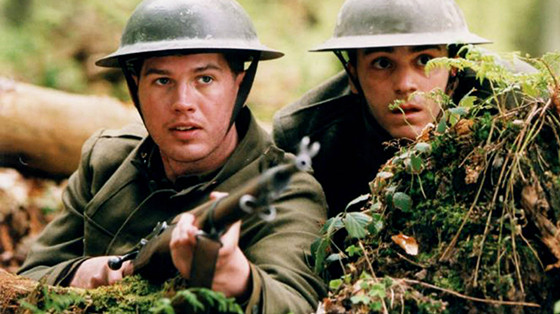
Movies about the Great War are not all that common, as World War II is far more popular a subject. Some of them depict the battles pretty well, others badly. Most of them simply run with the standard prejudices about the war, without spending much time worrying about authenticity. One that did a good job of telling a true story of the war is The Lost Battalion, starring Rick Schroeder as Maj. Charles White Whittlesey.
Part of what was to be a general attack, the ‘lost battalion’ fought its way forward and was cut off when the French attack on their flank stalled. They were unaware that they were first, the most advanced element of the attack, and second, that they had been surrounded. They used existing trenches and dug fox-holes on Hill 198, defending themselves against many German attacks, and were eventually relieved when an Allied force broke through to them.
This story is followed very closely in the movie. Some of the individual attitudes of the soldiers may seem anachronistic, but in the main they are not; they really were from New York City, and may have had attitudes that were then rare, but since have become more common.
The hardscrabble upbringing of the men has been credited for their tenacious defense of an untenable position. Several officers and men received the Medal of Honor for their fight, and the stubbornness they showed is amply depicted in the movie. The desperate situation called for desperate courage, and men who are mostly unknown are given a little recognition for their amazing acts of bravery.
Of the 554 men of the nine companies that became known as the ‘lost battalion,’ only 194 survived to be rescued, with 197 killed and another 150 missing or captured. The movie captures the grief at the grim butcher’s bill and the exhaustion of the survivors in a way that few other movies of any time period have done.
4. Pork Chop Hill
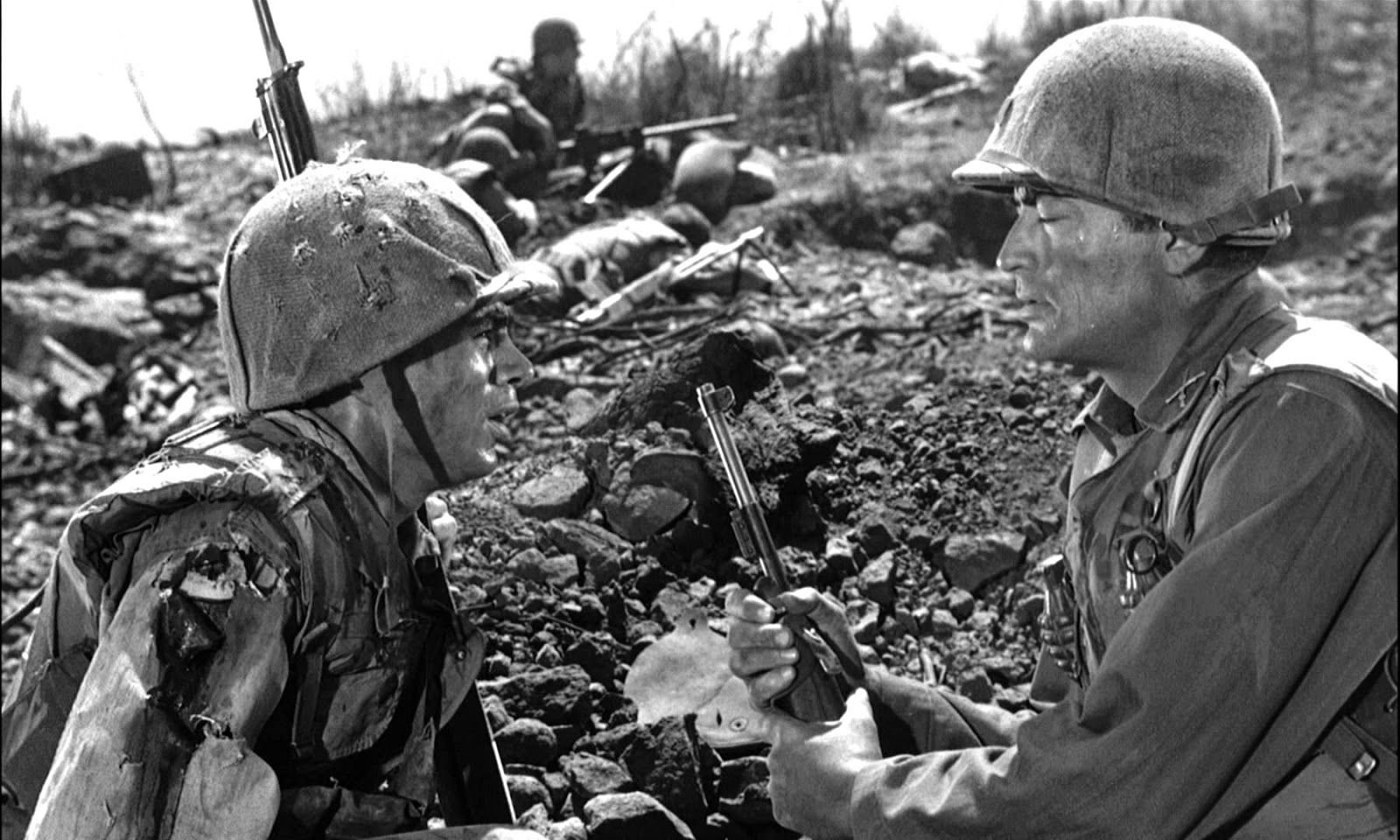
Like WWI, there aren’t very many movies about the Korean War, and those few tend to be more like recruiting movies or propaganda than really accurate. There is one, however, that displays both the grimness and the futility of the Korean War at the very end. Pork Chop Hill tells a story not unlike that of The Lost Battalion, but instead of being accidentally hung out on the long branch, it’s intentional.
Gregory Peck plays Lieutenant Joe Clemons, who is tasked with taking and holding Pork Chop Hill, so named because it resembled a pork chop. In this fictionalized account he has one company facing a large Chinese counter-attack, despite being reduced to a mere handful of effectives. After beating off an attack, he is reinforced briefly, but then the reinforcements are ordered to retire, and the battered remnants of his company are left to face a battalion or more of Chinese infantry.
Eventually command realizes what is happening; the hill has no actual significance, it is just a bargaining chip, and the Chinese are attacking simply to see how much the United Nations forces are willing to spend on it. They are willing to get hundreds of their own soldiers killed just to see what its worth at the negotiating table.
“War is not a new experience; it is a new world. Its inhabitants are more different from human beings than Famulimus and her friends. Its laws are new, and even its geography is new, because it is a geography in which insignificant hills and hollows are lifted to the importance of cities.” —Gene Wolfe
Pork Chop Hill changed hands several times in the Korean War. It was captured by American units three times, protected by Colombian and Eithopian forces among others and captured by Korean and Chines forces…also three times. It was in itself a meaningless piece of real estate. But in the logic of war, it mattered.
While the movie skims past the some of the real happenings, it does convey the message that war logic is not the same as peace logic, in a way that few movies ever have.
3. Hamburger Hill
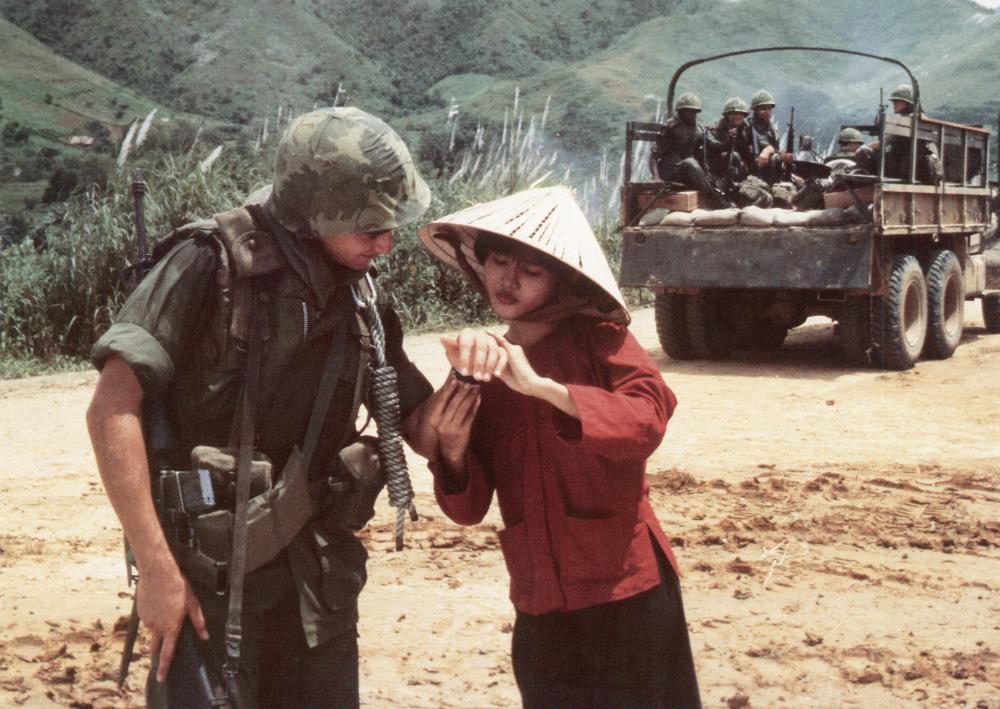
While this movie has a lot of too-pretty actors in it, but otherwise is a very solid piece of work, similar to Pork Chop Hill in a lot of ways. It is about another useless hill that once captured, was then abandoned, demonstrating again that military need sometimes makes for bizarre actions.
The movie follows a few of the soldiers who tried to take Hill 937, as it was known before the battle, and has several interesting scenes about life in Vietnam for American GIs. The soldiers in the movie are from the 101st Airborne Division, though there were also Marines and units of the Army of the Republic of Vietnam involved in the battle. The fighting is intense and realistic, with all of the gore that one expects from1980s movies (and later).
The attitudes of the soldiers run the gamut from cynical to idealistic, including the hard-boiled pragmatism of Sergeant First Class Worcester (played by Steven Webber). These attitudes were correct for the time, though the antiwar activism had yet to reach its full swing in 1969. Like Pork Chop Hill, this movie shows both the amazing courage and heroism of some, the cowardice of others, and the ultimate futility of their sacrifices when the once important hill is no longer deemed important.
2. The Longest Day
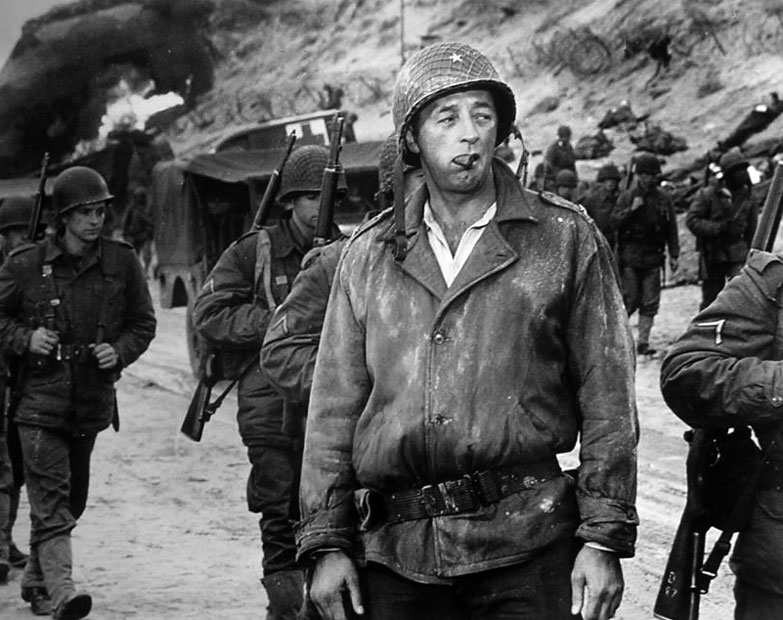
With possibly the most star-studded cast of all time, this long movie about D-Day does an excellent job of portraying the many moving parts of one of the most important battles in history. It begins out to sea, and tells the story from the perspective of officers and enlisted men, generals and admirals. We see intelligence officers back in England, and General Rommel celebrating his wife’s birthday back in Berlin.
Despite the sprawling size, The Longest Day is also intimate, following specific soldiers through their particular parts of the battle. It also doesn’t pull punches, but shows American soldiers throwing away their rifles and cowering behind cover rather than charging ‘Sergeant Rock’ style into the enemy machine guns.
It covers the British and American beaches, including some French units as well. There are many scenes that seem impossible, but were based on real accounts, in some cases even upon films taken during the battle. While the assault on the beach doesn’t have the visceral up-close feel of Saving Private Ryan, there are many moments that are horrifying or simply sad. There are also many acts of heroism, and moments of humor, and some that are mixtures of all three.
One of the most poignant moments is when John Wayne, playing Lt. Col. Benjamin Vandervoort, sees paratroopers hanging from telephone poles and light posts in Sainte-Mère-Église and orders them cut down, unreasonably so in the face of enemy fire.
Many of the stories in the movie actually happened exactly as depicted. John Steele of the 505th Parachute Infantry Regiment really did get stuck on the steeple of the church of Sainte-Mère-Église for two hours. He was played by Red Buttons in the movie, which does seems an odd choice.
Though lacking in the blood and gore that seem necessary to make present-day audiences believe it authentic, The Longest Day remains the best and most accurate representation of D-Day to date.
1. A Bridge Too Far
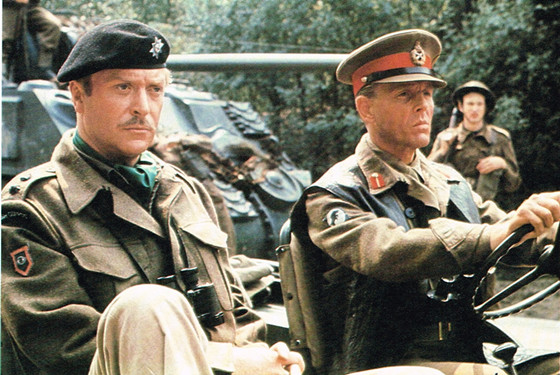
Another star-studded movie about World War II is A Bridge Too Far. Sean Connery is in both this movie and The Longest Day, though in the latter he plays Private Flannery, mainly as comic relief. In A Bridge Too Far he plays Maj. Gen. Urquhart of the British Airborne Division, and is much more central to the action. In addition to Sean Connery, the cast is a who’s who of Hollywood in the late 1970s, with Ryan O’Neill, Robert Redford, Elliot Gould, Gene Hackman, Michael Caine (who was also Lieutenant Bromhead in Zulu), Anthony Hopkins, Laurence Olivier and James Caan.
Based on the book by Cornelius Ryan, who also wrote The Longest Day, this movie covers Operation Market Garden in extreme detail, following the action at every stage of the battle. It includes some of the first ‘shaky cam’ shots in the movies, though they weren’t shaking the camera intentionally. The heavy cameras attached to the helmets of parachute troops made a bit of shaking inevitable, and lucky the poor cameramen didn’t break their necks jumping out of planes with all that strain on them.
Equipment, uniforms and attitudes are true to the day, and the navel-gazing is kept to a minimum, even though this movie was made in 1977. There is a good deal of humor, but the seriousness and horror of the fighting is never downplayed. There is a good deal more gore in this movie than in 1962’s The Longest Day, but it is still short of what is considered necessary for a cop show today.
The scene that is the most horrifying is not a bloody scene, however. One of the intelligence officers, Major Fuller, has determined that British Airborne will be parachuting into Arnhem on top of two SS Panzer Divisions instead of the ‘Hitler Youth and old men on bicycles’ they were expecting. When he tries to bring this to the attention of the overall commander, Lt. Gen. Frederick Browning (played by Dirk Bogarde), he is shut down and sent off to a health asylum because he’s overworked.
This is a real incident, and the real Major Fuller appeared in a documentary 30 years afterwards. Even thirty years later he blamed himself for not convincing Browning and the rest of intelligence that he was right. He knew it was a disaster waiting to happen, and he couldn’t stop it…and the bitterness never faded.
Sean Connery sums it up at the end of the movie: “I took 10,000 men into Arnhem, I’ve come out with less than two[thousand].” While the American units that captured the bridges along the route to Arnhem were successful overall, the battle is considered something of a disaster because they failed to take the bridge over the Rhine, and of course British Airborne was almost literally decimated.
Like The Longest Day this movie pulls no punches, and is so well done that at times it’s hard to remember it’s fictionalized. It is considered by many to be the best of all World War II movies, though the small parts of D-Day and Operation Market Garden depicted in Band of Brothers is at least a close second…but that’s an entire TV series, not a movie, so it doesn’t belong in this list.
Author Bio: James Wilson nerds for a living and writes in his spare time. He lives in the mountains of Arizona, well above the desert. His books and other writing may be found at www.sunderedpheres.com.